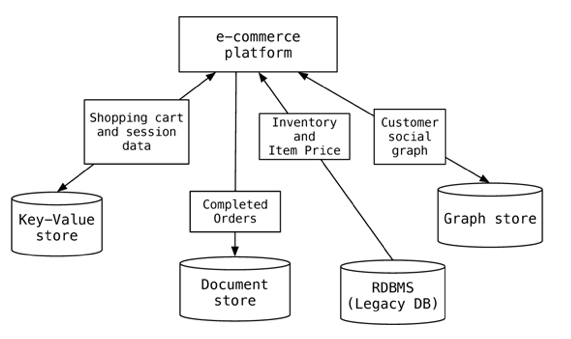Armağan Amcalar PRO
Armagan is the founder of Coyotiv GmbH, and is currently on a mission to bring a scalable and nimble engineering culture to startups and enterprises. Armagan is a public speaker, a mentor and a lecturer.
Armagan Amcalar
Sabanci University, Istanbul
May 15th, 2014

Armagan Amcalar
Co-founder, Chief Software Architect
Startup Kitchen
dashersw aamcalar

2007 - BSc. in Microelectronics,
Sabanci University
2010 - MSc in Electronics Engineering,
Sabanci University
line.do
isteoyun.com
dinlet.io
fub.io
typ.mx
kixel.co
driwe.co
mettoapp.com

Polyglot
NoSQL, MongoDB
ACID
Scalability (horizontal vs vertical)
Replication (as in master-slave)
JSON
Data normalisation
Map-reduce
REST
...it is tempting, if the only tool you have is a hammer,
to treat everything as if it were a nail.




{
"customer": {
"id": 1,
"name": "Martin",
"billingAddress": [{ "city": "Chicago" }],
"orders": [{
"id": 99,
"customerId": 1,
"orderItems": [{
"productId": 27,
"price": 32.45,
"productName": "NoSQL Distilled"
}],
"shippingAddress": [{ "city": "Chicago" }],
"orderPayment": [{
"ccinfo": "1000-1000-1000-1000",
"txnId": "abelif879rft",
"billingAddress": { "city": "Chicago" }
}]
}]
}
}

SQL
MongoDB







Armagan Amcalar
armagan@amcalar.com
twitter: @aamcalar
github: dashersw
blog: arm.ag
By Armağan Amcalar
The demanding need to serve millions of users in today’s web applications require drastic measures. To keep up with the pace of users and customers, developers have to act fast, efficient and operate in multiple geographical regions. This motive demands specialised database systems for specific use cases in order to maximize efficiency. In this talk, we’ll explore three different NoSQL database types, key-value pair stores, document databases and graph databases, and their use in a real world scenario.
Armagan is the founder of Coyotiv GmbH, and is currently on a mission to bring a scalable and nimble engineering culture to startups and enterprises. Armagan is a public speaker, a mentor and a lecturer.